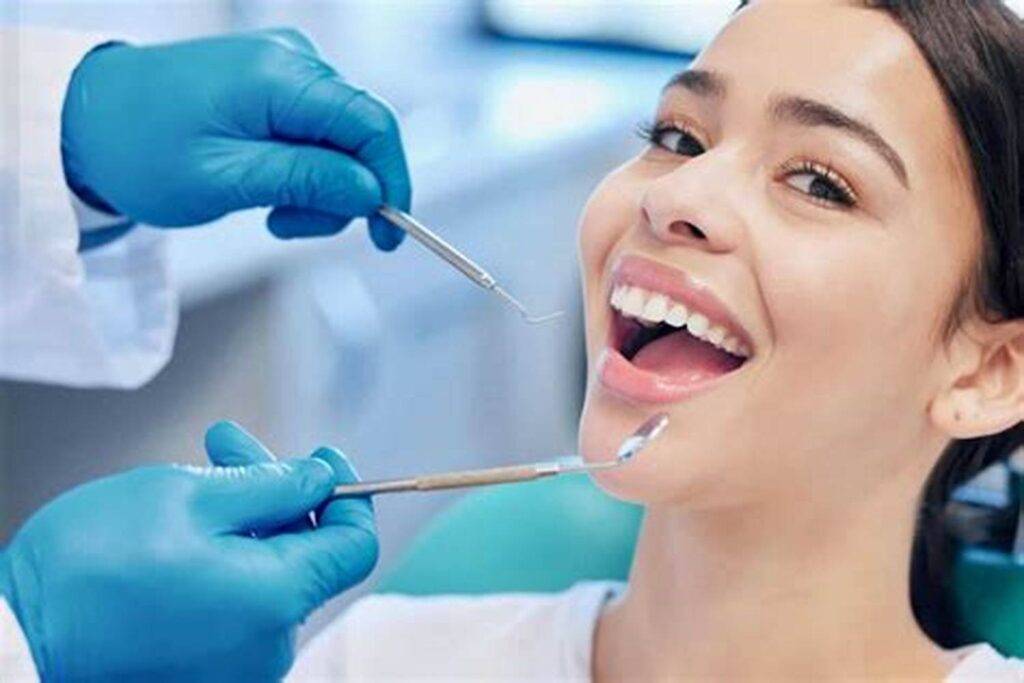Gone are the days of one-size-fits-all orthodontics. As clear aligners continue to rise in popularity, a key factor driving their effectiveness is customization. From personalized treatment plans to tailored materials and smart digital tools, customization is not just a luxury—it’s a game-changer in modern orthodontic care.
So, how exactly is customization enhancing clear aligner outcomes? Let’s break it down.
Personalized Treatment Plans
Every smile is unique—and so is every treatment journey.
With advancements in 3D scanning and digital modeling, orthodontists can now create a fully personalized treatment plan for each patient. This includes mapping out each stage of tooth movement from start to finish, adjusting based on individual anatomy, alignment goals, and even bite dynamics.
This precise planning helps:
– Improve treatment efficiency
– Reduce the risk of unnecessary refinements
– Provide better visualization for both the orthodontist and the patient
Custom Attachments & Movement Strategies
Modern clear aligner systems use customized attachments, also known as engagers. These small, tooth-colored shapes are bonded to specific teeth to help guide movements that would be difficult with aligners alone—like rotations or vertical shifts.
Orthodontists determine:
– The shape and placement of each attachment
– The direction and force required for ideal movement
– When and where attachments should be used in the treatment process
The result? Greater precision and control over tooth movement, especially in complex cases.
Tailored Aligner Material
Not all aligners are created equal.
Companies like Invisalign, for example, use proprietary materials like SmartTrack—engineered to provide a consistent, gentle force throughout each aligner’s wear time. Other brands are developing materials based on specific patient needs, such as enhanced flexibility, durability, or clarity.
Customizing the material means:
– Better comfort for the patient
– Improved aligner fit and retention
– More predictable tooth movement
Digital Monitoring & Adaptive Adjustments
Customization doesn’t stop after the first set of trays is made.
With remote monitoring tools and apps like DentalMonitoring or Invisalign’s My Invisalign, patients can submit progress scans from home. AI-powered platforms analyze tooth movement and help orthodontists decide whether to stay on track, speed up transitions, or adjust the plan in real-time.
This on-the-go adaptability ensures the treatment remains aligned (pun intended!) with the patient’s progress and biology.
Lifestyle & Aesthetic Considerations
Let’s not forget the patient experience.
Patients can choose options that fit their lifestyle—clear aligners with reduced visibility, shorter wear cycles, or fewer attachments for aesthetic appeal. Some systems now offer nighttime-only aligners for those who prefer minimal daytime wear.
Aligner customization empowers patients to:
– Feel more in control of their treatment
– Maintain confidence during social or professional interactions
– Stay compliant thanks to convenience and comfort
Final Thoughts: The Power of a Personalized Smile Journey
Customization is at the heart of why clear aligners have become more effective, accessible, and popular than ever. By tailoring everything—from the treatment plan and materials to attachments and progress tracking—orthodontists are delivering better, faster, and more comfortable results.
In the world of modern orthodontics, no two smiles should be treated the same—and thanks to customization, they don’t have to be.





